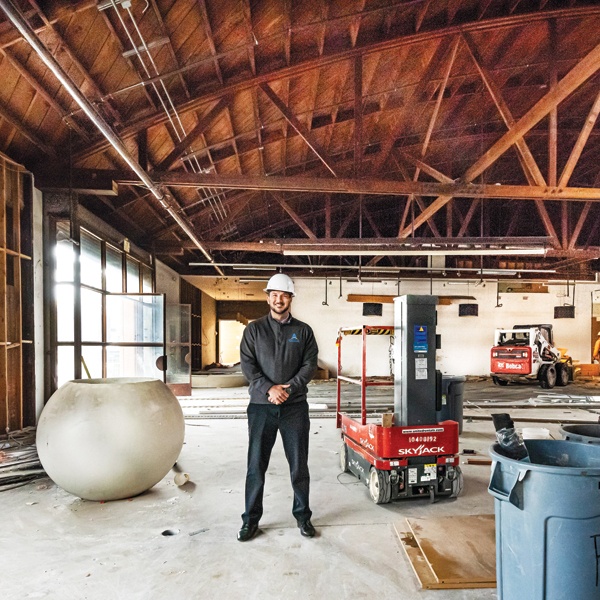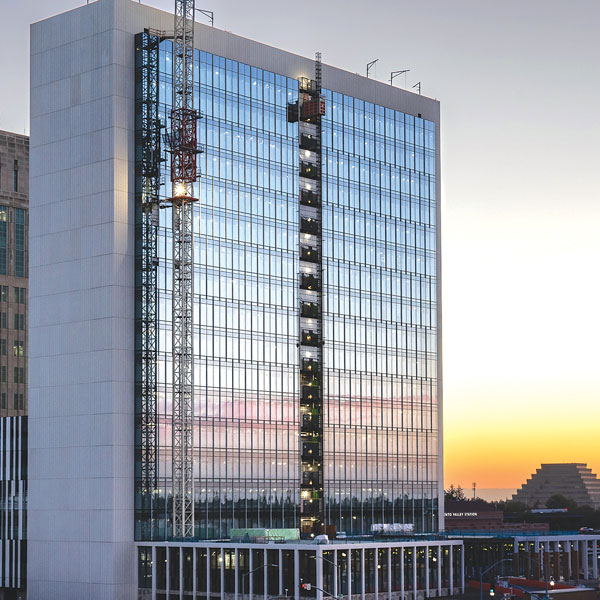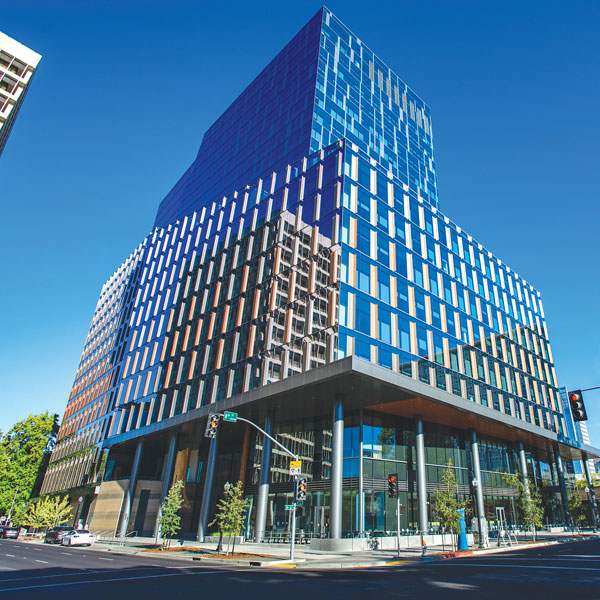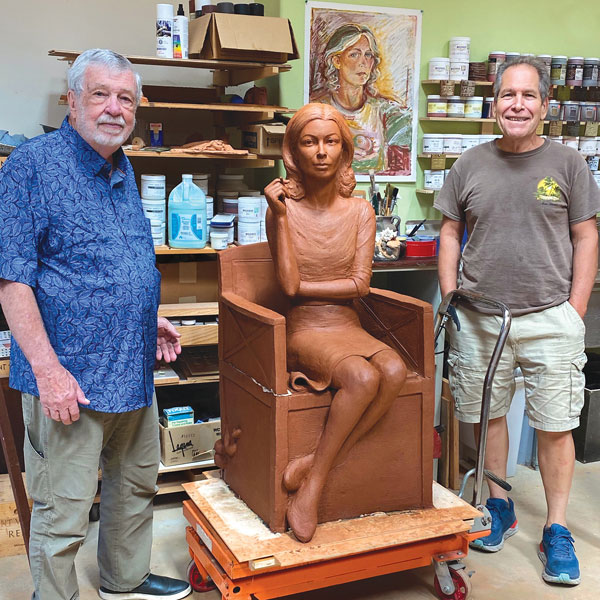Building Our Future
Building Young Minds
It’s been a long time since I’ve cheered for a development with this much enthusiasm. But wait until you see what Kevin Dobson is doing at the long-shuttered Limn Furniture warehouse on Arden Way.
Frustrated from watching so many directionless kids fail to graduate when he was principal at Natomas Charter School, Dobson quit his job to chase a dream. He created a free career academy where motivated high school students can get hands-on experience, internships and college credits at the same time.
Now, with support from the local business community, an agreement with American River College and a $14 million tax-exempt bond to purchase the Limn property for $2.6 million and build the school, Dobson’s Capital College & Career Academy is on track to open in August.
Judicial Beauty
Over the years, I spent lots of time in two buildings that have generated countless colorful stories—the state Capitol and county courthouse.
Both spawned captivating tales of intrigue and chicanery, but it was no contest when it came to which was the more inspiring structure. The original neoclassical Capitol is 149 years old and one of the most graceful statehouses in the nation.
The Gordon D. Schaber courthouse, named after the late, longtime dean of Sacramento’s McGeorge School of Law, is as far from graceful as you can get.
A Commons Mistake
Katherine Bardis and her husband, Bay Miry, are a local development team that does quality work with a good reputation.
Born into the building business, they have fathers who ran successful development firms and continue to leave a positive mark on the community.
Working together as Bardis & Miry Development, the couple continues the family legacies with contributions of their own.
Restore, Protect, Manage
If you’re a cynic convinced government rarely gets anything right, walk to Seventh and P streets and check out the new headquarters for the California Natural Resources Agency. Then let me know how you feel.
You enter a different kind of state building when you step into the light-drenched lobby, see a quote from poet Gary Snyder emblazoned over the outline of a grizzly bear—“Nature is not a place to visit. It is home”—and learn part of the wall is covered in wood salvaged from the deadly Paradise Camp Fire.
Our Joan Didion
Joan Didion, the trailblazing Sacramento-born writer who died a year ago, is getting her due in her hometown.
Didion, 87, was one of her generation’s most celebrated writers. But except for a white mansion with a wrap-around front porch at 2000 22nd St., there are few visible signs she ever lived here.
The reasons aren’t clear. Sacramento has always been skittish about boasting on its celebrities, and a number of Didion fans believe she never cared for the place.
They point to comments made in her writing and elsewhere—“Anybody who talks about California hedonism has never spent a Christmas in Sacramento,” for instance—and how she couldn’t wait to flee after graduation from C.K. McClatchy High School in 1952.
But many ambitious young people feel constrained by their hometowns. There is ample evidence she cared deeply for the city and its surroundings.
‘Societal Armageddon’
Moments before signing a package of bills aimed at easing California’s affordable housing crisis, Gov. Gavin Newsom used some colorful language to describe the issue. He called it “the original sin of the state of California.”
“That’s the issue of housing and affordability,” he said. “It touches more things in more ways on more days than any other issue. It is at the core of so much of the frustration many of us have about our state and our future.”






